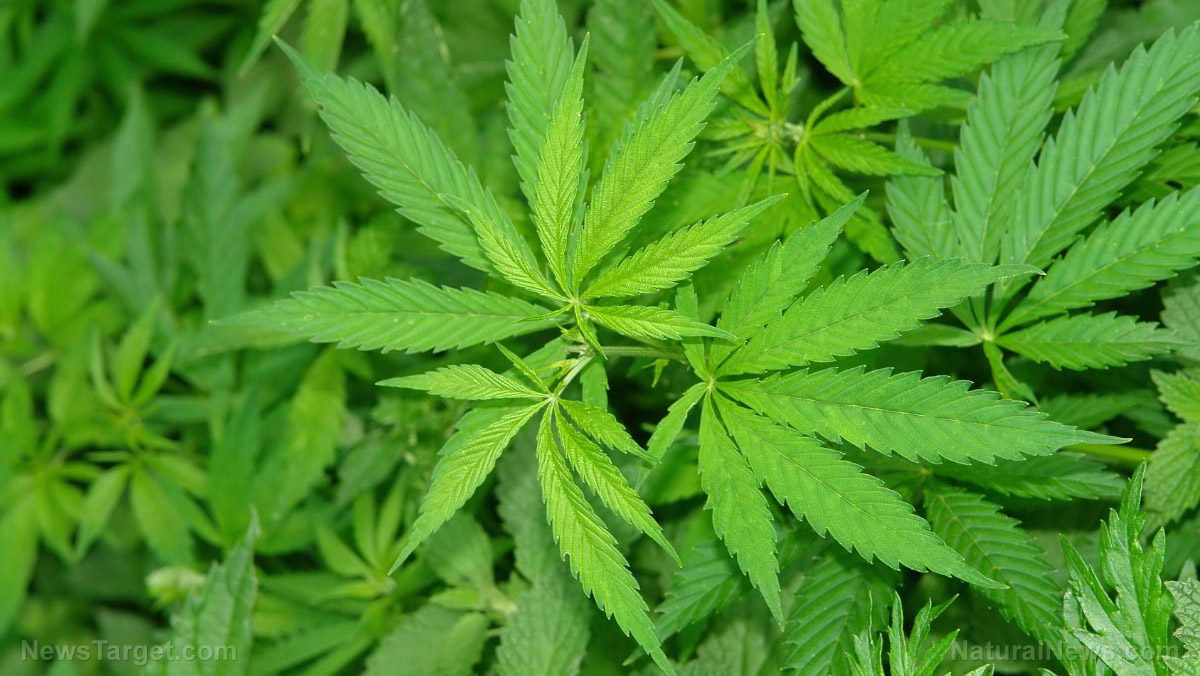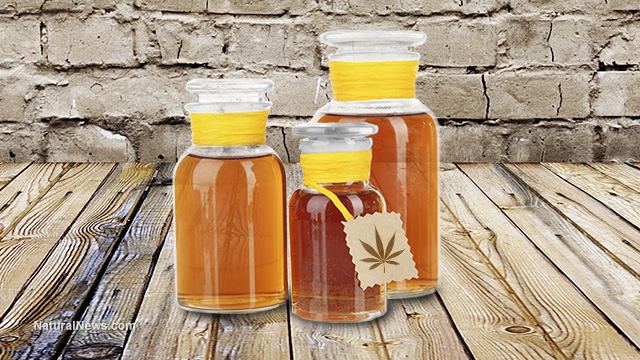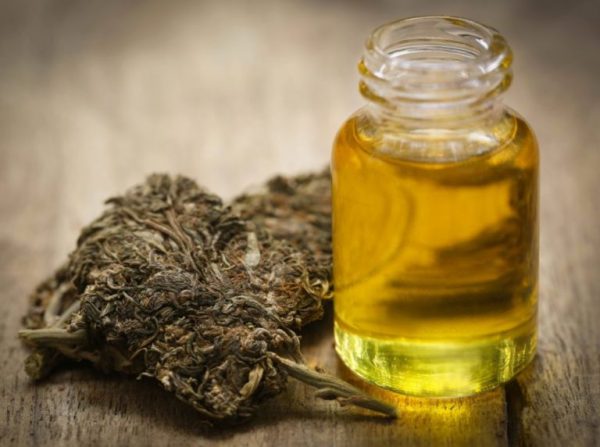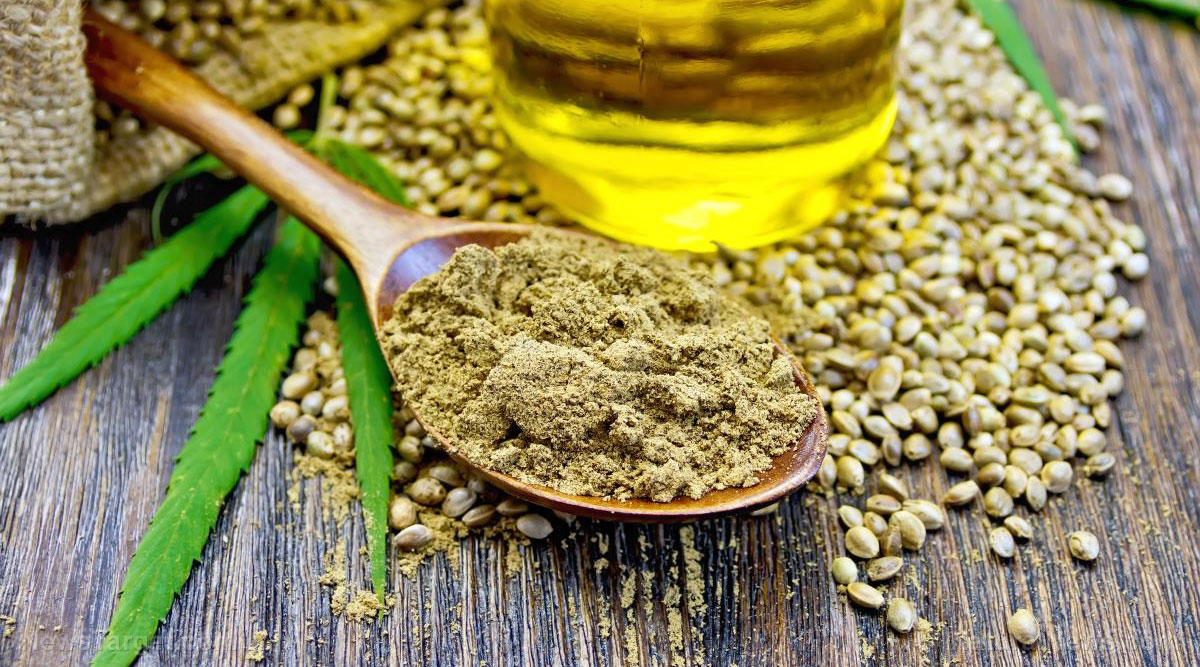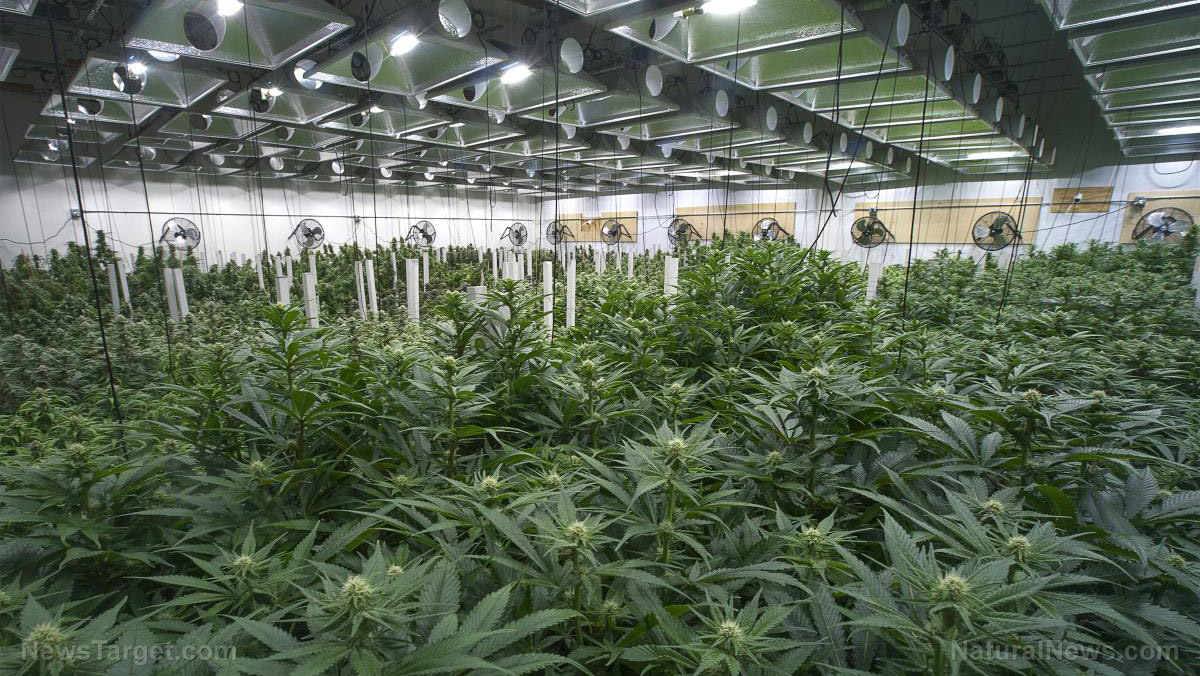Cannabis is a revolutionary, healing plant
11/05/2018 / By Vicki Batts

The cannabis plant has been cultivated by humans for thousands of years; it’s history with domestication dates back to 8,000 BC. But in recent times, this once-treasured plant has become subject to scorn — largely thanks to draconian and authoritative government policies. There are many misconceptions about the cannabis plant: The plant’s medicinal uses have been covered up, and our own government suggests that cannabis has no medicinal value. But the truth is that cannabis can do more than just give people a “high.”
Cannabis and hemp offer a wide variety of uses both as medicine, as material and as a path towards healing our planet. Science continues to demonstrate that the cultivation of hemp and cannabis plants is good for the environment, and studies have consistently confirmed the plant’s medicine uses.
Cannabis can heal the planet
As Derek Henry, founder of Healing The Body, explains in a new video for Brighteon.com, the cannabis plant has a wide array of industrial uses — and is more eco-friendly than a lot of our more “modern” options. For example, parts of the plant can be used to make paper, fabric and other goods.
“The soft inner core of the plant stem, also known as the hurd, is used in the production of animal bedding, mulch, chemical absorbent, fiberboard, insulation, and concrete (also known as “hempcrete”). The bast fiber has been used to make rope, netting, canvas, carpet, biocomposites, non-wovens, clothes, shoes, and bags. Finally, the stalk has been used for biofuel/ethanol, paper products, cardboard, and filters,” Henry explains.
While hemp and cannabis may not be able to replace conventional materials in entirety, in many cases, it presents a more eco-friendly and sustainable option.
Not only do these attributes make cannabis an attractive resource for consumers, the plant’s ability to renew and detoxify soil makes it a great choice for farmers. As Henry explains, the cannabis plant requires less water than many conventional crops, helps detoxify soil and even prevents soil erosion. More, it doesn’t require pesticides.
As Henry contends, when these benefits are combined with the myriad of uses for cannabis, it’s clear that the plant boasts many environmental benefits.
Medicine and more
Cannabis offers benefits both as a medicine and a nutritional supplement. There are a number of ways in which cannabis can be used as medicine. Some of the plant’s most popular uses include relieving pain (from a number of causes, including arthritis), reducing inflammation in autoimmune diseases, treating headaches and relieving nausea, mitigating depression and anxiety, treating glaucoma and more.
Many people have had success with cannabis as a cancer cure, as well. In the U.K., a 33-year-old father, David Hibbit, recently cured his terminal bowel cancer with nothing but cannabis oil. Hibbit turned to cannabis as a last-ditch effort to save his life, after radiation, chemotherapy and surgery failed to stop his cancer. As of 2015, he had a clean bill of health.
The medicinal aspects of cannabis are said to come from its cannabinoid compounds. Tetrahydrocannabinol (THC) and cannabidiol (CBD) are two of the most widely recognized and studied cannabinoids, but there are many others.
But the health benefits of cannabis don’t end with its medicinal capacity. As Henry notes, hemp hearts (or hemp seeds) are an edible part of the plant that offer a host of nutritional benefits. Hemp seeds are a complete plant protein and contain all the essential amino acids your body needs. Further, the seeds are a good source of essential fatty acids, including omega-3s, vitamins, minerals and fiber.
“As a result of these nutritional assets, hemp seeds can help support the immune system, cardiovascular system, brain function, skin health, and digestive health,” Henry states. You can learn more about the health benefits of cannabis at CBDS.news.
Sources for this article include:
Tagged Under: cannabis, CBD, environment, hemp science, Herbs, Medical cannabis, medical marijuana, medicinal plants, natural medicine, natural remedies, plant medicine, plant-based medicine



